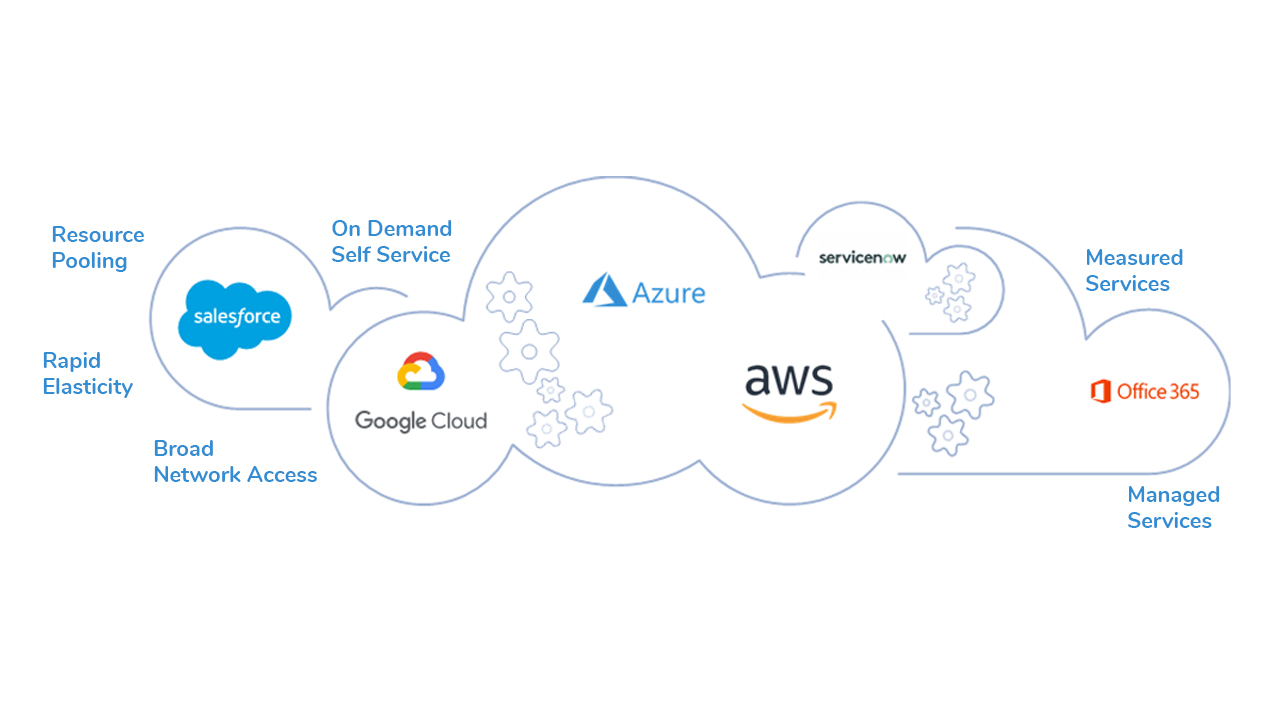LinkDaddy Cloud Services Press Release: Announcing New Quality and Enhancements
Achieve Seamless Scalability With Cloud Provider
In the ever-evolving landscape of cloud solutions, attaining seamless scalability stands as a keystone for modern businesses looking for to stay competitive and adaptable. The capacity to easily expand or contract resources in feedback to changing needs is an essential benefit in today's hectic digital setting. By understanding the art of scalable cloud solutions, organizations can not just enhance performance and streamline operations however likewise lead the way for future growth and development. The pursuit for smooth scalability with cloud services introduces a globe of possibilities for those going to welcome the transformative power of dynamic source monitoring.
Benefits of Cloud Scalability
Cloud scalability provides organizations the flexibility to dynamically adjust sources based on need, making sure optimum performance and cost performance. Furthermore, cloud scalability promotes innovation and trial and error by enabling organizations to easily examine new concepts and range them as needed. Inevitably, the benefits of cloud scalability expand beyond price financial savings to include better efficiency, agility, and technology.
Secret Attributes for Scaling
Reliable scaling in cloud services depends on key features that enable companies to adjust resources dynamically based upon demand. One important attribute for scaling is elasticity, enabling resources to scale up or down in action to fluctuating workloads. This makes sure that organizations can fulfill performance demands without over-provisioning sources. Another essential attribute is scalability, allowing systems to handle boosted workload by adding sources perfectly. This attribute is vital for accommodating development without jeopardizing efficiency. Additionally, automation plays a crucial duty in scaling by automating the provisioning and de-provisioning of sources based upon predefined policies. Automation reduces human treatment, boosts performance, and makes certain rapid action to altering needs. Surveillance and analytics tools are likewise vital for scaling, providing insights right into source application, efficiency metrics, and prospective traffic jams. These devices allow organizations to optimize and make educated choices resource allotment for efficient scaling. Overall, these key features jointly equip companies to accomplish smooth scalability in cloud solutions.
Implementing Auto-Scaling Approaches
To successfully enhance resource allowance and adapt to differing workloads, organizations must strategically implement auto-scaling strategies in their cloud services facilities. Auto-scaling allows systems to instantly change the number of compute sources based upon real-time demand. There are various auto-scaling strategies that organizations can utilize, such as predictive scaling, which makes use of historical data to anticipate future resource demands, and responsive scaling, which reacts to this post current work adjustments.

Finest Practices for Scalability
For companies aiming to enhance their scalability in cloud services, implementing best practices is crucial for optimum efficiency and resource administration. One secret best practice is developing applications with a microservices architecture. This technique breaks down applications right into smaller, independent services that can be deployed, upgraded, and scaled individually, permitting better adaptability and scalability.
One more important technique is utilizing containerization see post innovation, such as Docker or Kubernetes. Containers allow the packaging of applications and their reliances into separated systems, making it simpler to scale parts separately and deploy them consistently throughout various atmospheres.
Additionally, implementing automated release and infrastructure as code (IaC) can simplify scalability efforts (linkdaddy cloud services). Automation devices like Terraform or Ansible aid in provisioning and taking care of resources successfully, decreasing manual mistakes and allowing rapid scalability
Moreover, checking performance metrics, setting up notifies, and conducting routine ability planning are important practices to guarantee positive scalability monitoring. By adhering to these ideal methods, companies can attain smooth scalability in their cloud solutions while enhancing efficiency and source usage.
Monitoring Efficiency Metrics
When examining the efficiency of cloud services scalability, closely keeping track of performance metrics is essential for guaranteeing optimal functionality and source allotment. By continually tracking vital efficiency signs (KPIs) such as response times, resource, latency, and throughput application, companies can get useful insights right into the wellness and performance of their cloud facilities. Checking performance metrics enables the early discovery of prospective bottlenecks or problems that can affect scalability, enabling aggressive procedures to be required to resolve them before they rise.

Final Thought
In final thought, achieving smooth scalability with cloud services is crucial for companies to maximize performance, boost innovation, and preserve high performance degrees throughout peak times. By leveraging the advantages of cloud scalability, implementing auto-scaling techniques, using essential features such as flexibility and automation, and complying with ideal practices like application layout and performance tracking, businesses can successfully scale their systems while making best use of source usage and efficiency.
The mission for smooth scalability with cloud solutions unveils a globe of possibilities for those eager to welcome the transformative power of dynamic source administration.
Cloud scalability offers organizations the versatility to dynamically change resources based on need, ensuring optimum efficiency and price performance. One more essential feature is scalability, allowing systems to deal with raised work by including resources seamlessly.For companies intending to enhance their scalability in cloud solutions, executing finest methods is important for optimal performance and source monitoring.When analyzing the efficiency of cloud solutions scalability, closely checking performance metrics is critical for making sure optimum functionality and resource allocation.